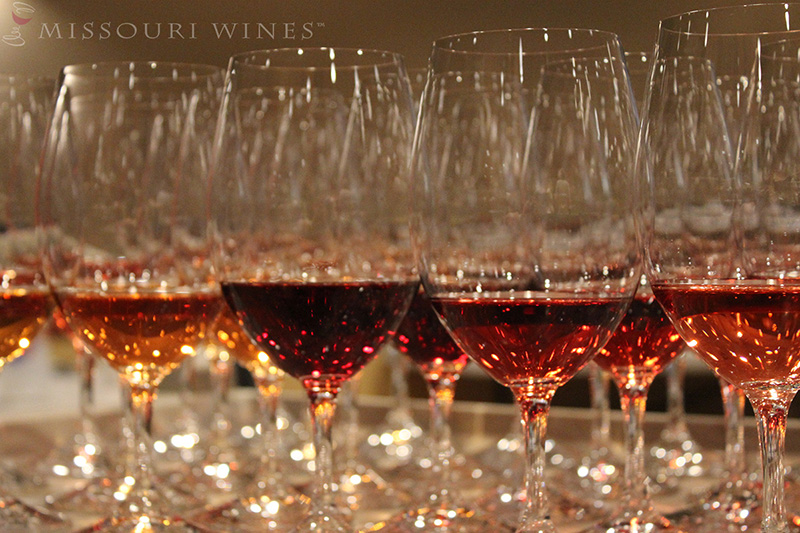March 10, 2016
 There’s an age old saying that you shouldn’t judge a book by its cover, but that doesn’t exactly apply to wine. We’ll let you in on a little secret. Even before you smell or taste it, there’s a lot you can learn by just looking at a wine. The color you see in wine comes primarily from contact with the grape skin; the juice itself is clear. Components that affect a wine’s color: grape varietal, oak vs. stainless steel, and age.
There’s an age old saying that you shouldn’t judge a book by its cover, but that doesn’t exactly apply to wine. We’ll let you in on a little secret. Even before you smell or taste it, there’s a lot you can learn by just looking at a wine. The color you see in wine comes primarily from contact with the grape skin; the juice itself is clear. Components that affect a wine’s color: grape varietal, oak vs. stainless steel, and age.
If you skinned a grape and then juiced it, the liquid would be almost clear. Prolonged contact with the grape skin imparts color. The longer the contact, the more color. White wine doesn’t usually get much (if any) contact with the grape skins, but there is still variation in the shade of yellow/gold of white wines based on which grapes they come from. Rosé wines get their lighter, pink hues from limited contact with the grape skins, sometimes as little as a few hours.
The longer the contact and the darker the grape itself, the deeper and darker the resulting wine’s color will be. For example, Concord wines are usually much lighter in color than Norton, even though they are both made from red grapes.
The vessel a wine is made/aged in also affects the color, particularly when it comes to white wine. Aging a white wine in oak makes it a darker, deeper yellow hue. While white wines made in stainless steel can be light, almost clear. Red wines aged in oak also get darker and deeper when they’ve spent more time in oak barrels.
As wine ages, its color changes. White wines become darker, more golden. Red wines lose some of their brilliance, turning more of a brick, brown color.
Next time you’re tasting wine, remember you can learn a lot from just looking at it. Here’s a little tip … hold your glass up to a white background (wall or paper) for even better contrast. Happy tasting!

